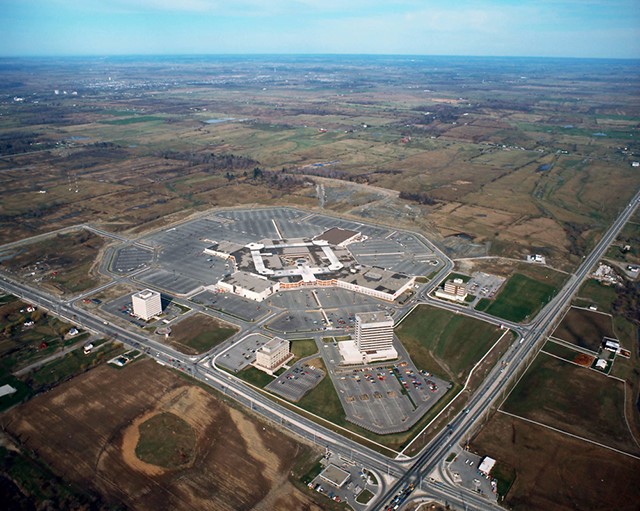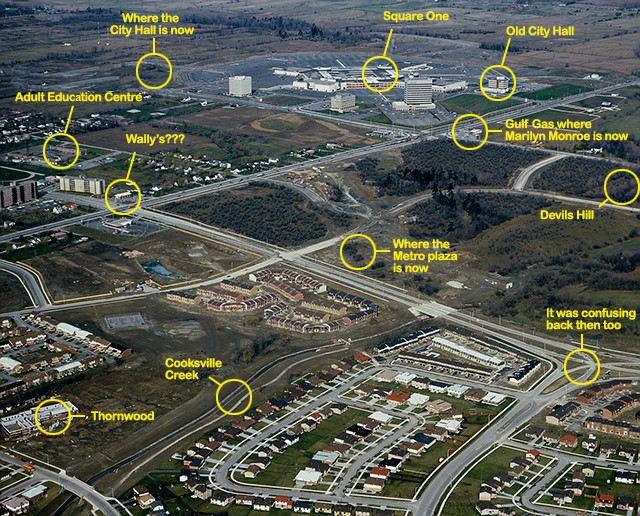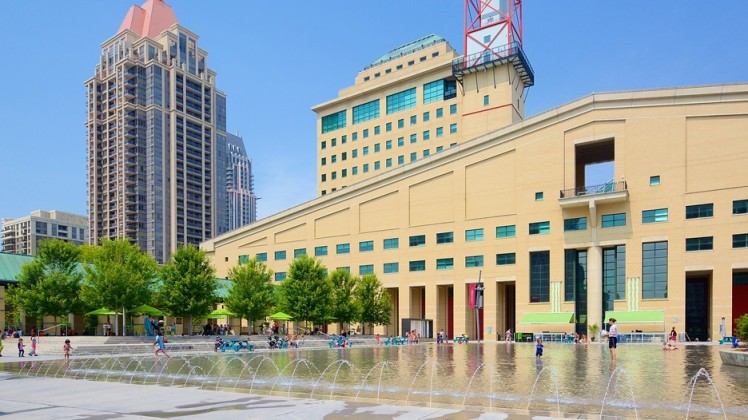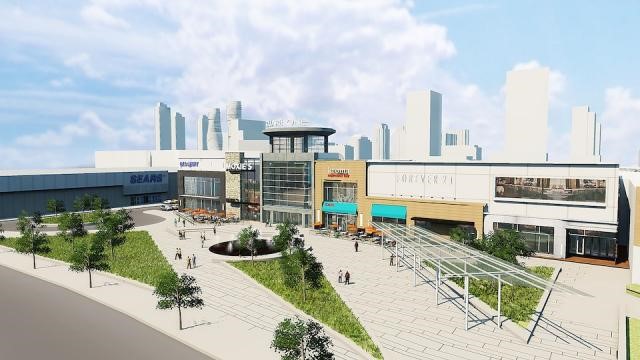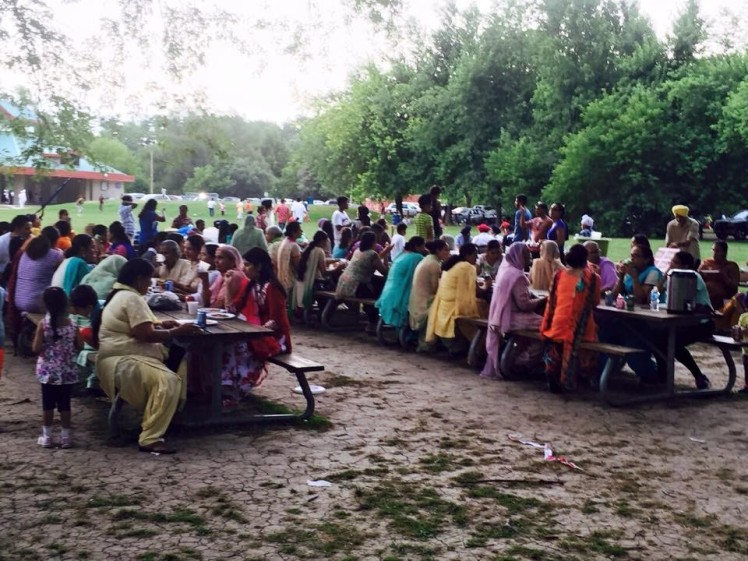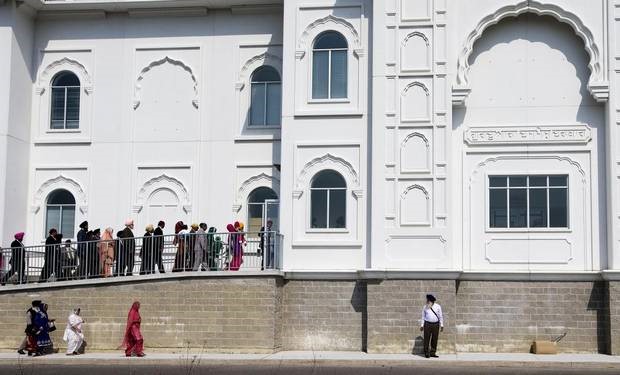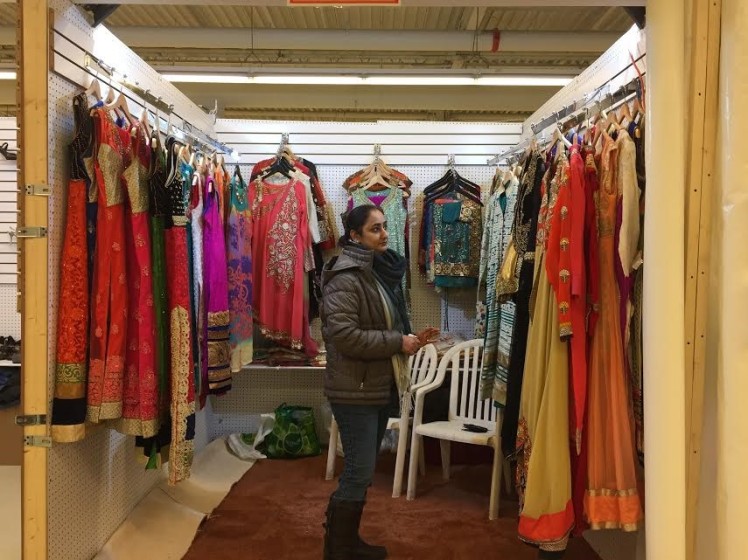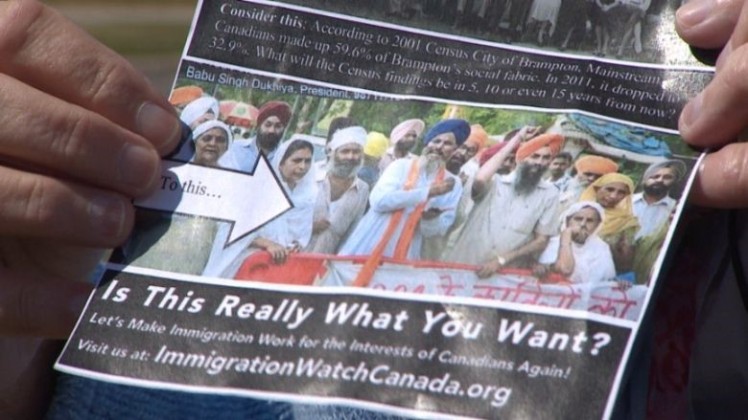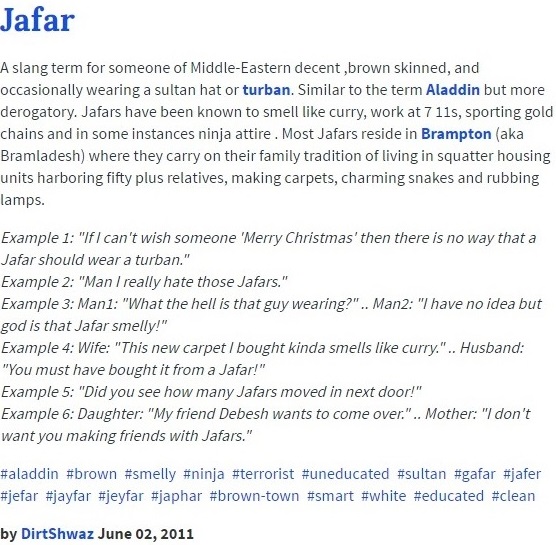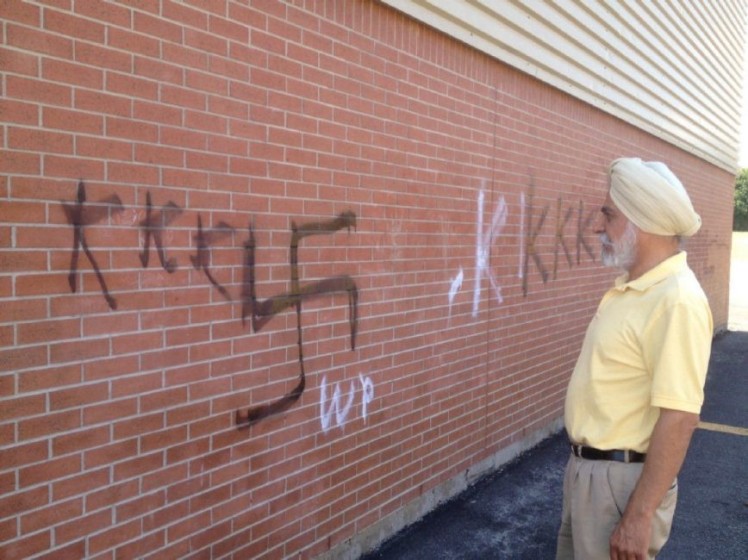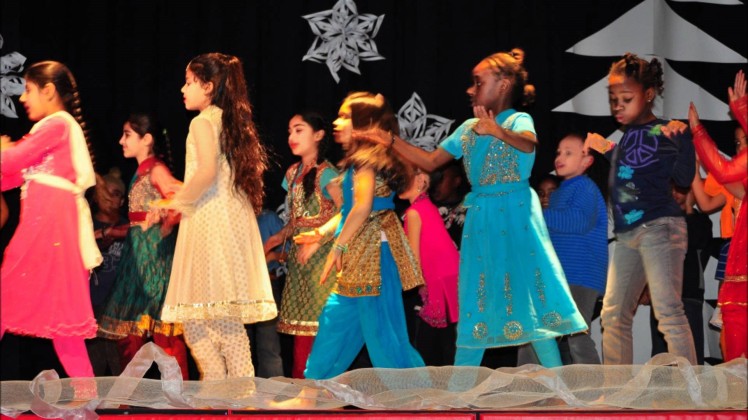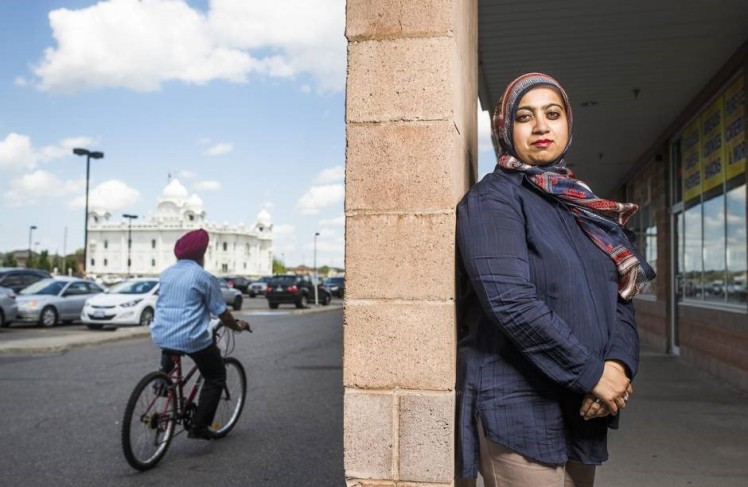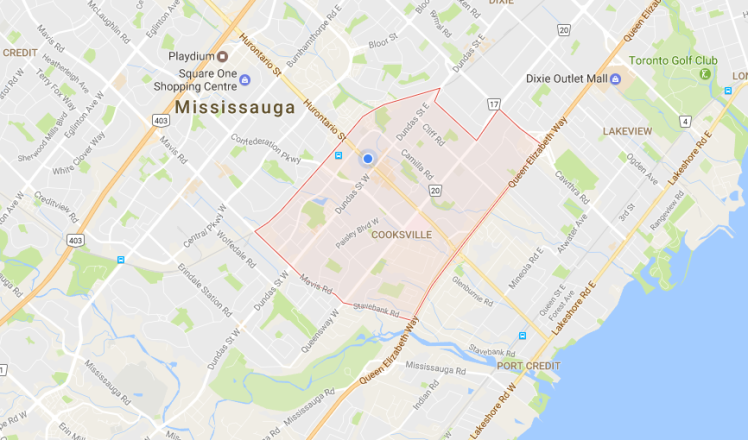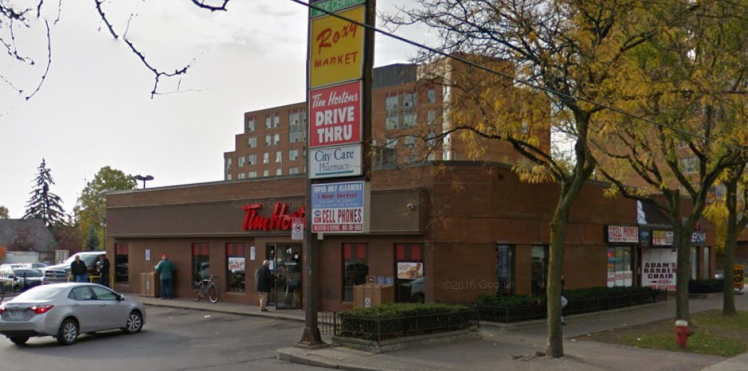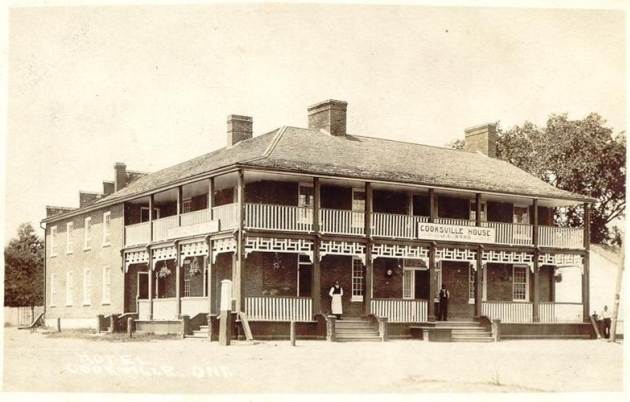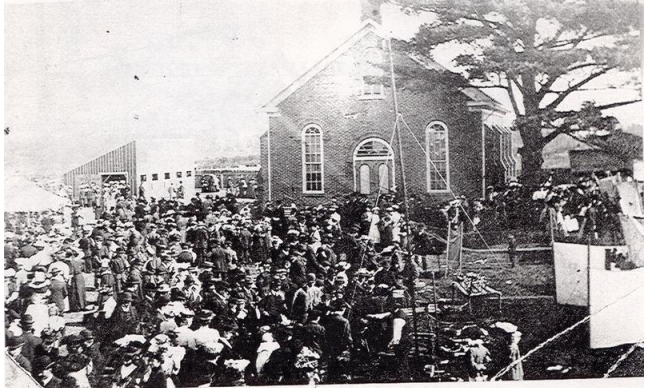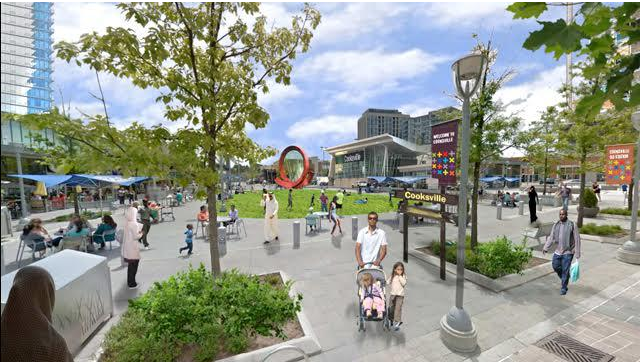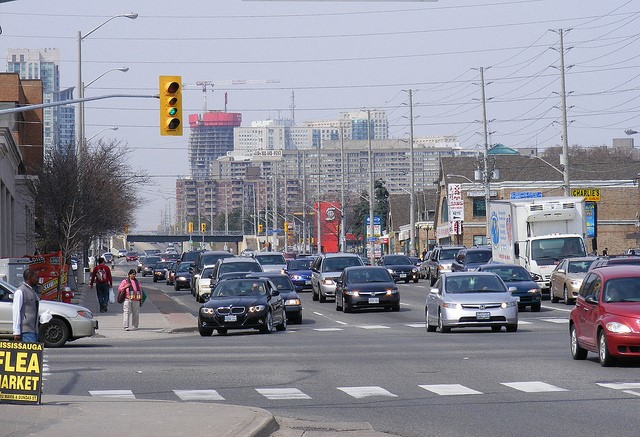Gentrified: To Be or Not to Be? Examining Kensington Market
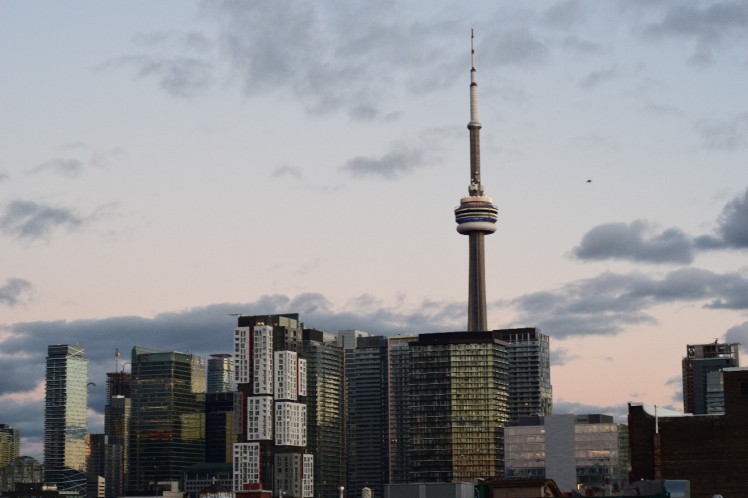
Gentrified: To Be or Not to Be? Examining Kensington Market
By: Loki Candelma
I will never forget the first time I visited Kensington Market. It was mid-July, there was not a single cloud in the sky. The sun kissed the city with its gentle heat, a slight breeze buffering the warmth which made it a prime day for iced coffee. Upon entering the neighbourhood, I immediately noticed the distinct crowd, everybody was clad in tattoos, retro clothing, and asymmetrical haircuts- they all looked like me. My friend took me to Rick’s Café, a place I had never heard of previously, where we would sit on the patio, in front of an abandoned car with greenery growing out of every orifice. Once we were done, we would visit The Black Pearl, a tattoo parlour that I had discovered online, and I would later book my first appointment. Before the day was over, we climbed to the very top of the parking garage, where we could see Toronto’s skyline, the city lights twinkling like stars as the sun began to set. I knew this would not be my last visit to this neighbourhood, but I had no idea what the place would end up meaning to me.
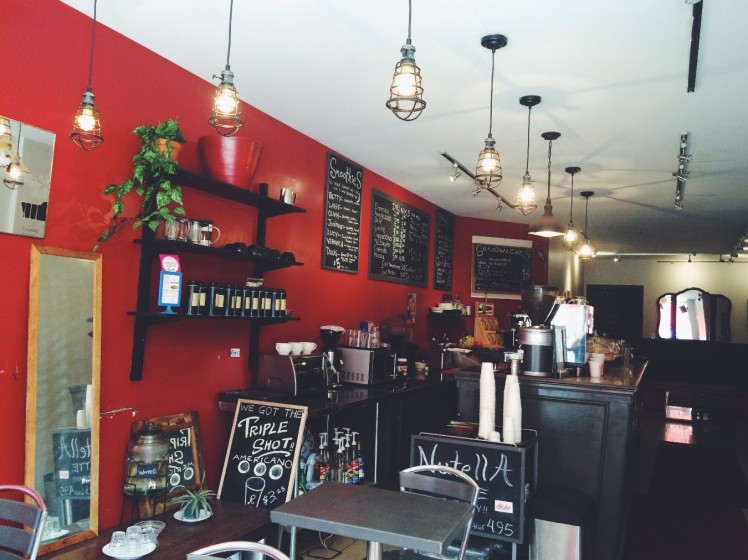
Kensington Market: arguably one of Toronto’s most unique, and diverse neighbourhoods. It is situated around the College and Spadina area, with Bathurst and Dundas Street West bordering the west and the south respectively. The market is made up of specialty vintage shops, organic health stores, and restaurants that are ethnically diverse. The abandoned car that was turned into a makeshift garden, the graffiti murals, and pedestrian Sundays, are all facets that give Kensington market its grungy, quirky charm. But is this charm part of a bigger issue?
In recent years there has been a surplus of a certain kind of brand. There was the installation of the cold pressed juice bar, among a plethora of expensive, independent coffee shops. Perhaps it was the specialty vintage shops that started it all. Surely, they attracted the young 20-somethings, donned in mismatching thrifted pieces and covered haphazardly in hand-poked tattoos. Not that I’m trying to distance myself from this crowd, because with my bright blue hair, septum ring, and sweaters my grandparents could have worn, I give off the vibe that I might fancy some kombucha after an art show. But normally where there is a gathering of hipsters, gentrification is either soon to follow, or already there.
This begs the question, what are the signs of the gentrification of Kensington Market? Is it going to be fully gentrified or is it already? Of course, to every argument there are multiple sides, so this paper will begin by exploring the business, or rather the “trendy” argument.
A common justification of gentrification is for profit. The juice bars, Whole Foods, and frozen yogurt joints all contribute to the erasure of culture and historical significance, all for profit. Some of the store-owners, however, do not see it as gentrification, but rather, a changing of times. One of the co-owners of the popular vintage store, Courage My Love believes that this is simply evolution, and this occurs every so often.

The co-owner of Courage My Love describes it as being trendy, which is certainly a part of the process, however, this does mean that trendiness is separate from gentrification. If something will sell, it will be exploited, even if it is problematic in some sort of aspect. For instance, white models will wear their hair in dreadlocks or boxer braids, and this will be branded as high fashion, whereas black people do this but are discriminated for it. Large corporate brands like Forever 21 and Urban Outfitters will sell culturally appropriating items (shirts with dream catchers, indigenous head dresses, etc) and thus, profiting from racism.
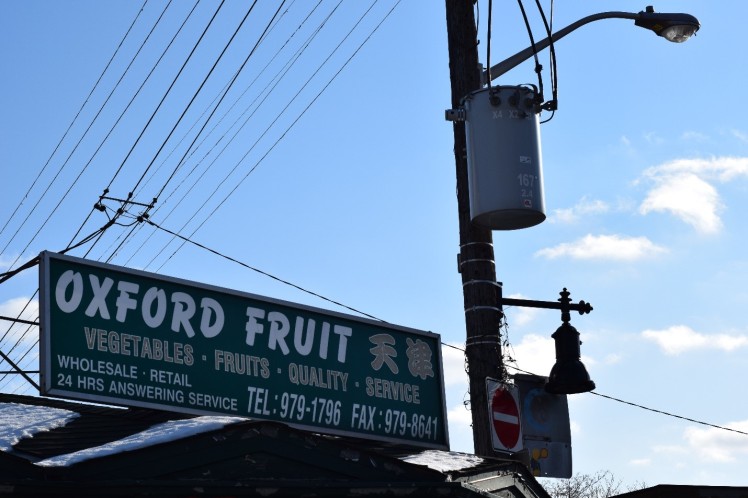
Kensington has a rich history involving immigrants who have set up shop in the area. Different waves of immigrants have moved into the neighbourhood which is why the marketplace has a rich variety of shops. Throughout the years they have cultivated a space for art and community, the foundation of this is from the immigrants who moved into the area to construct this environment. Kensington Market in itself is grungy and eclectic, there is no room for condos or commercial buildings, the community will not allow it. There has been an attempt to build a Wal-Mart in 2014, but this was denied, and they have also denied corporate brands like H&M from advertising in the area because it will ruin the individuality of the neighbourhood. There are also additional by-laws enforced for the neighbourhood that prevents the construction of buildings higher than four storeys. This demonstrates that the community firmly protects the integrity of Kensington, but this does not mean that the neighbourhood is not already gentrified.
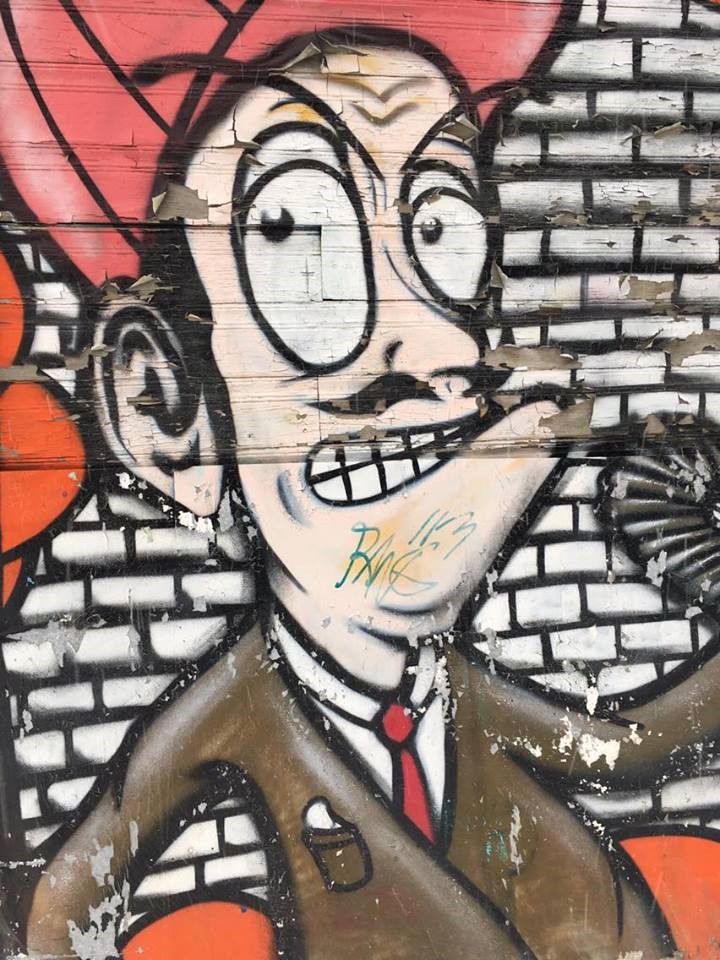
The presence of the newly built condo, the frozen yogurt shop, and the cold pressed juice bar are enough to prove my point. These shops are expensive, and attract a lot of customers, which reproduces the desire to build more shops alike in the area. While some of these coffee shops area structured (cleverly, may I add) in a way to appeal to the population in the area with grungy aesthetics and vintage furniture, they are still a part of the gentrification. So, in short, the thinly veiled argument of gentrification actually being about what is ‘trendy’, has little merit considering it is circular, and returns to the process of gentrification.
There is also another facet of Kensington that arguably contributes to gentrification, but has become one of the market place’s defining f actors. And this is the plethora of coffee shops. Many of these shops are independently owned, and run by small families, or even a single person. They are also fair-trade, and ethical in their practices, which is a key selling-point, considering that ethical consumption seems to be popular among customers. While the entirety of Kensington is composed of independent businesses, buying coffee that is ethically made is expensive, and caters to a higher socioeconomic status.
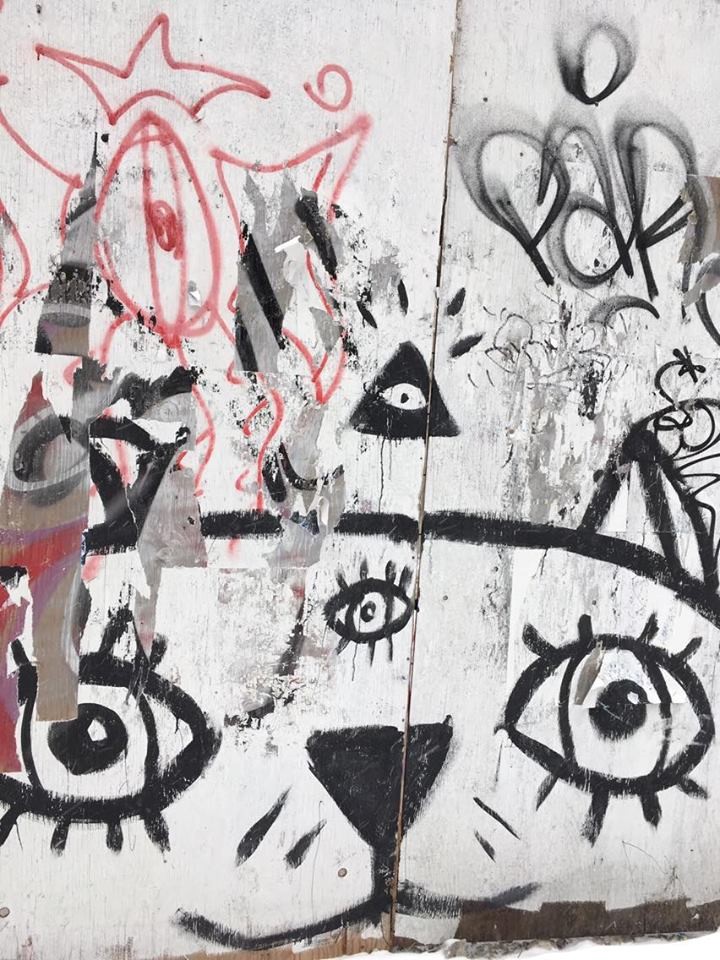
I don’t think I have the authority to condemn the small businesses there, because truthfully, I am just another person- among the other customers with dyed hair and tattoos- who enjoys the artistic neighbourhood. I am not one of the residents, unfortunately, this is not my physical home, as much as I would like to think that it is part of my home, in the metaphorical sense. I try to buy my coffee fair trade because I would much rather have my beverage made from fair wages, than support a capitalist conglomerate. But does this mean that I am contributing towards Kensington’s gentrification? Certain parts of activism have certainly become trendy recently, and technically, in a capitalist society, there is truly no ethical consumption.
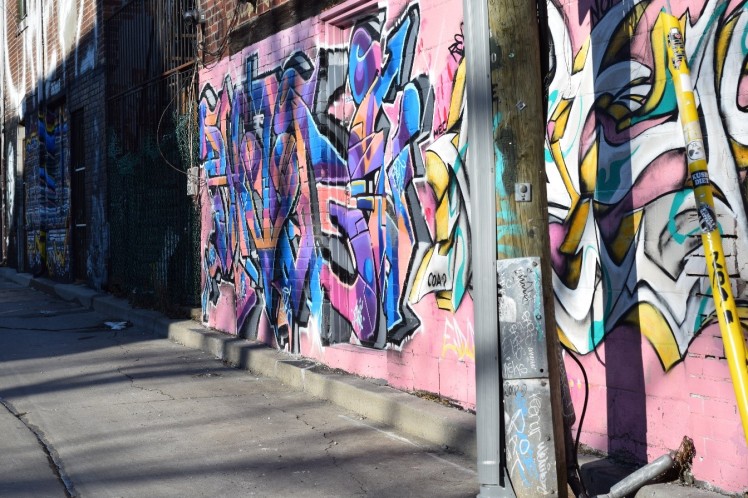
In spite of the coffee shops being involved in a grey area, they are also a source of the very artistry that Kensington produces. This includes hosting open-mic nights, and allowing for local bands to play their live music. I go to these places to work- be it art-related, or school-related, I know I am not the only artist who does the same. One of Kensington’s core values is the production and protection of all art forms, hence the brick walls of the neighbourhood replicate canvases.
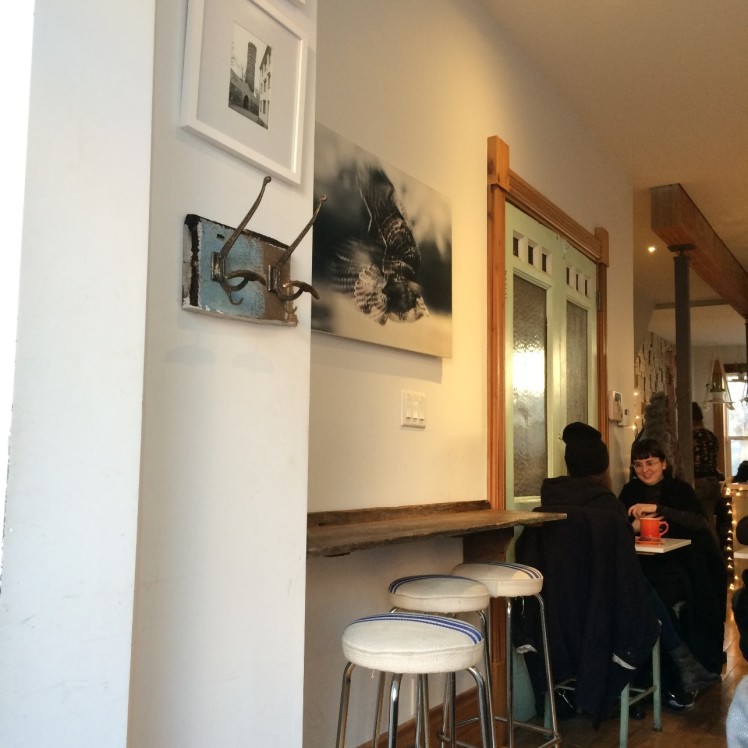
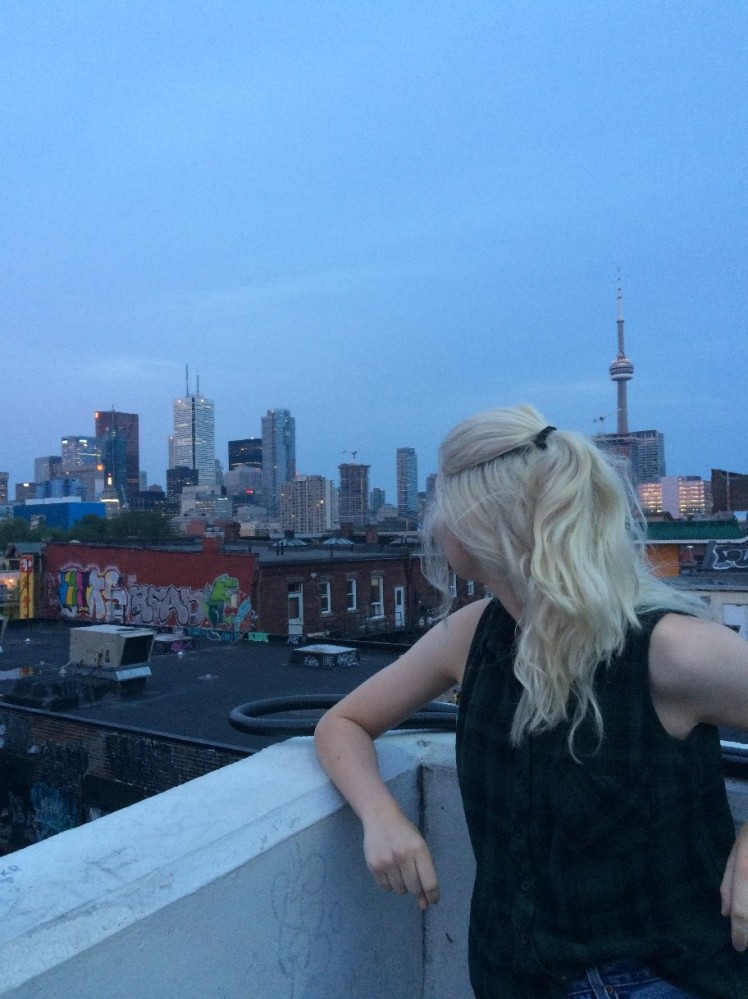
Kensington Market holds significant value to the community, including myself, and I intend on doing what I can to preserve the grungy neighbourhood because it has cultivated a safe space for me and my friends alike. Many of the people I have met at this place have been the most authentically kind people I have encountered in my life, whether they are fellow civilians or business owners. Especially with recent events in the news (see: The Pepsi commercial with Kendall Jenner, or the Woman’s march), much of activism and social justice is becoming monetized, and trivialized. Many of the people I have encountered in the marketplace have an understanding of intersectionality, or at the very least, are genuinely good people, and this is something that gentrification will destroy, if it continues. Kensington Market is one of Toronto’s treasures, and I hope it continues to combat commercialism and gentrification.
Loki is in her fourth year, studying Criminology, Sociology, and Women and Gender Studies at UTM. She has a penchant for social justice, and art (all platforms). When she’s not at school, she’s at work, or she’s volunteering for the school’s Sexual Education Centre. In the very little time that she has for herself, she enjoys seeing her friends over coffee, and finding new places to discover in Toronto.
For more on Kensington Market, check out Prof Z’s Photo Essay, also featured on Peel Urbanscapes.

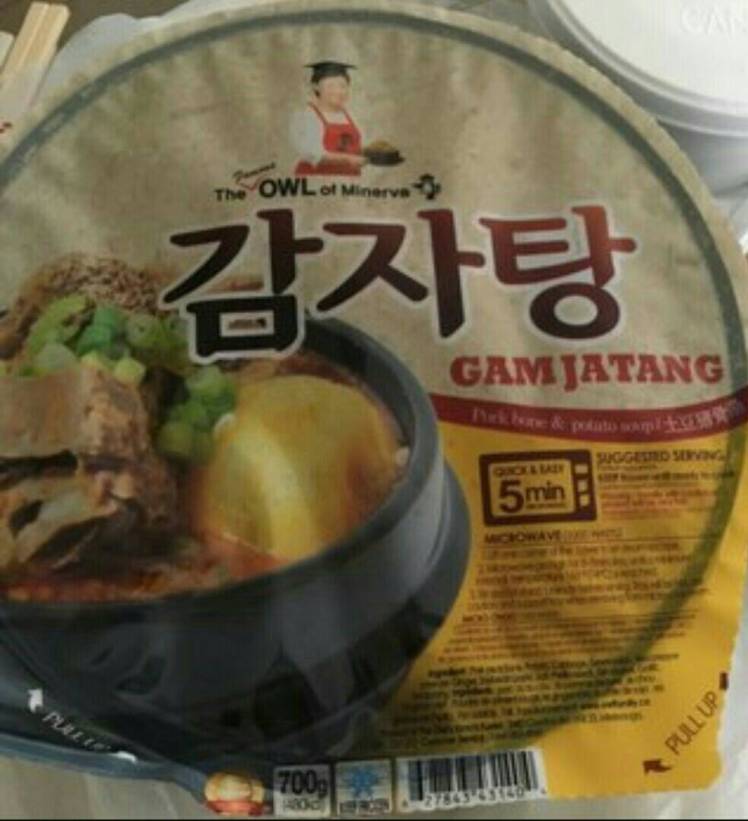

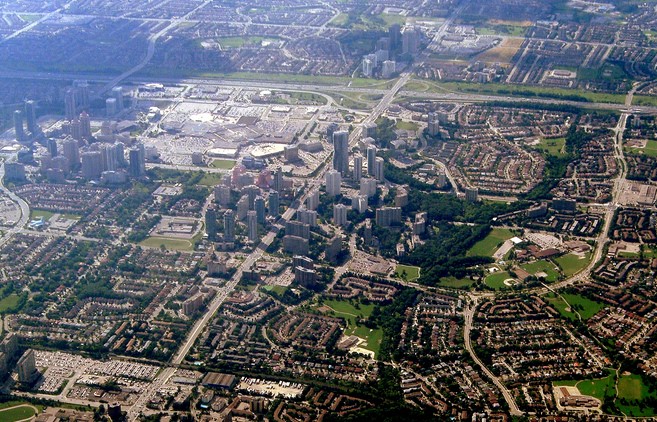
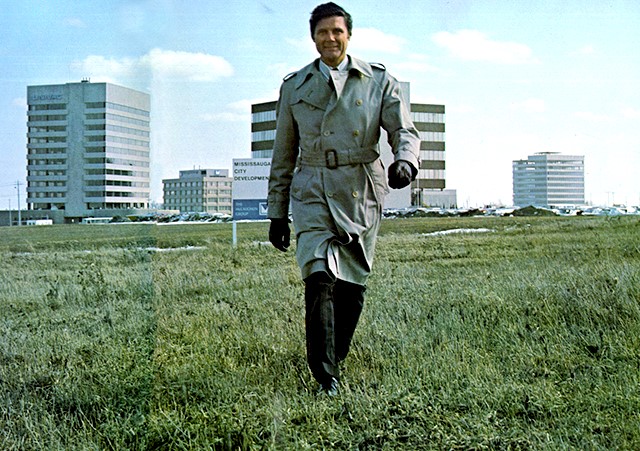
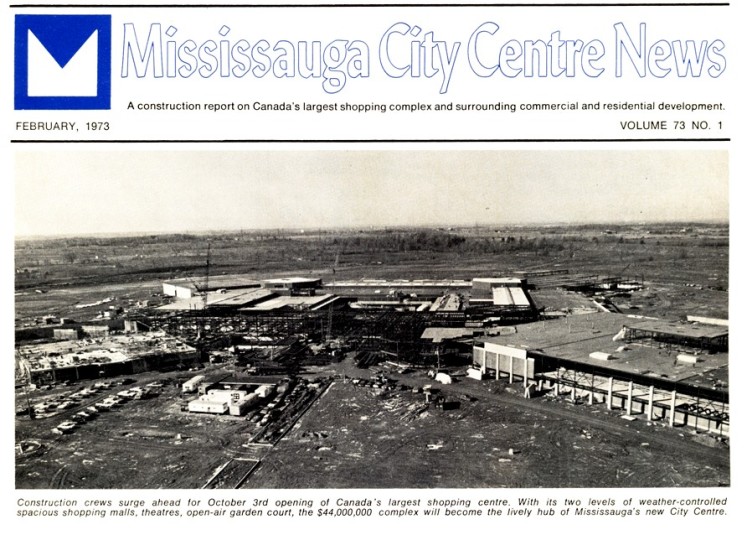 Recognizing this fact I was intrigued, I wanted to understand the reason behind the decision to build such a big mall in an area full of family farms and trees. Thus I dug a little deeper into Bruce McLaughlin’s history and what I found was an explanation from Ron Duguette, a long-time employee of McLaughin, who described him as a forward thinker, that was constantly looking deep into the future [4]. As Duguette explains McLaughin “had the foresight to see that there would be major growth west of Toronto, mainly because of the airport” predicting this he took advantage of the potential rewards of building what is now the second largest mall in Canada [1][4]. Consequently McLaughlin’s bold move of building a giant mall in the middle of farmland resulted in Mississauga’s official transformation in 1974 from a Town to a recognized City [1].
Recognizing this fact I was intrigued, I wanted to understand the reason behind the decision to build such a big mall in an area full of family farms and trees. Thus I dug a little deeper into Bruce McLaughlin’s history and what I found was an explanation from Ron Duguette, a long-time employee of McLaughin, who described him as a forward thinker, that was constantly looking deep into the future [4]. As Duguette explains McLaughin “had the foresight to see that there would be major growth west of Toronto, mainly because of the airport” predicting this he took advantage of the potential rewards of building what is now the second largest mall in Canada [1][4]. Consequently McLaughlin’s bold move of building a giant mall in the middle of farmland resulted in Mississauga’s official transformation in 1974 from a Town to a recognized City [1].